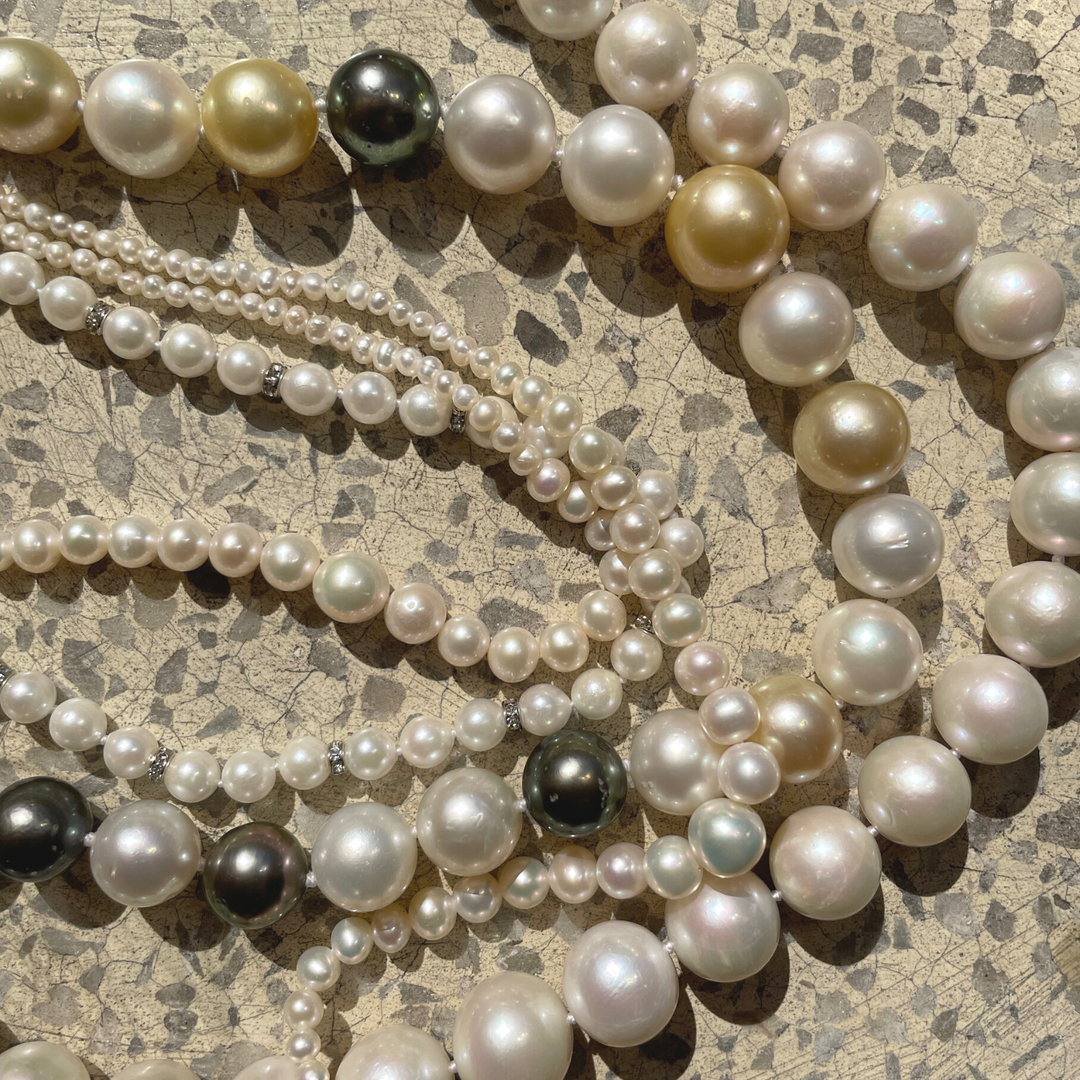
Helmet
Toisin kuin muut maasta louhitut jalokivet, helmiä kasvattavat elävät osterit sekä simpukat merenpinnan alapuolella. Helmen luomisprosessi saa alkunsa kun vieras ärsyke päätyy osterin tai simpukan sisälle. Ne alkavat erittää helmiäistä vieraan ärsykkeen ympärille kerros kerrokselta suojautuakseen siltä, joka johtaa helmen muodostumiseen.
MIKSI HELMET OVAT NIIN ARVOKKAITA?
Viljelyaika: Täydellisen helmen luominen simpukan sisällä saattaa kestää jopa 7 vuotta.
Symmetrisyys: Kestää aikaa ja vaivaa löytää helmiä, jotka ovat täsmälleen saman muotoisia ja värisiä yhtä kaulakorua varten.
Ammattitaito: Vain helmiteknikot voivat asettaa ytimen osterin sisälle vahingoittamatta sitä. Ostereiden hoitaminen vaatii ammattitaitoa.
Ominaisuudet: Helmen tyyppi, koko, väri, kiilto ja muoto vaikuttavat sen hintaan.
Helmilajit
ETELÄMEREN HELMI
Etelämeren helmiä viljellään Tyynenmeren maissa. Kauneimmat niistä ovat Australiasta. Etelämeren helmien suurempi koko, rajallinen viljelyalue sekä pitkä kasvukausi tekevät niistä harvinaisimman kaikista helmityypeistä. Etelämeren helmien kiilto on ainutlaatuista verrattuna muihin helmilajikkeisiin. Vain pieni osa Etelämeren helmistä on pyöreitä, joten yhteensopivien helmien löytäminen voi olla haastavaa. Monet pitävät Golden South Sea -viljeltyjä helmiä maailman harvinaisimpina ja arvokkaimpina.
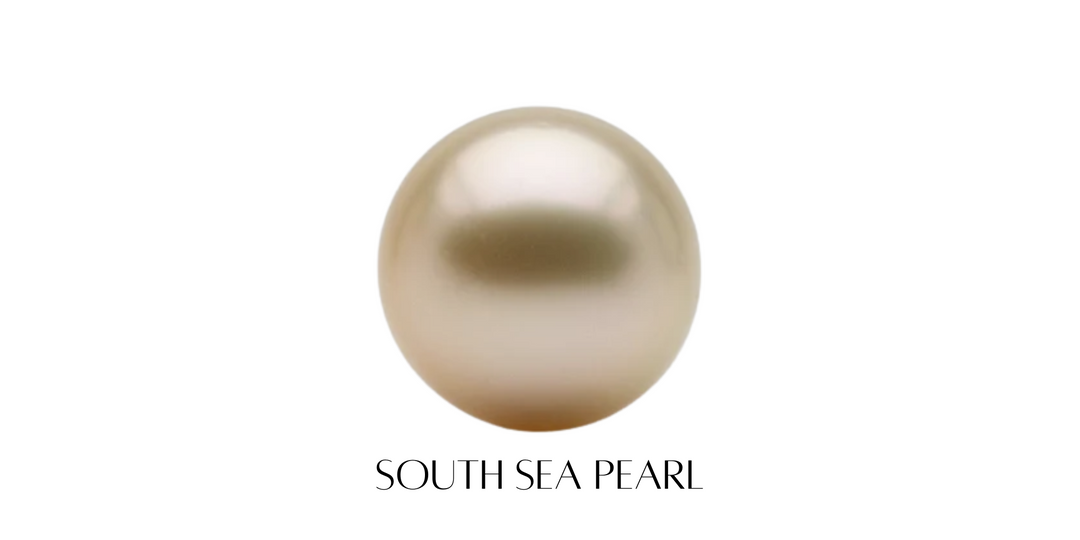
TAHITIN HELMI
Tahitin helmiä tuottavat vain mustahuuliset osterit Ranskan Polynesiassa. Nämä helmet ovat luonnostaan harmaita, mustia, liiloja, sinisiä ja jopa tummanvihreitä, toisin kun muut helmilajikkeet. Tahitin helmet ovat maailman toiseksi arvokkain helmilaji ja mitä pyöreämpi, sen arvokkaampi.
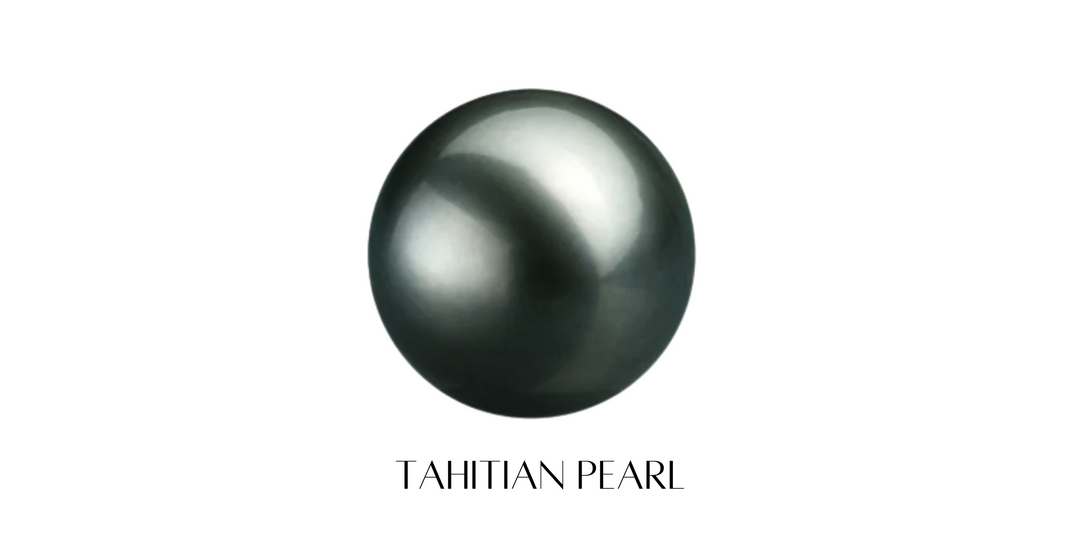
AKOYA HELMI
Akoya-helmet ovat viljeltyjä merivedenhelmiä, joita viljellään pääasiassa Japanissa ja Kiinassa. Ne ovat kolmanneksi arvokkaimpia helmiä maailmassa. Akoya-osteri on pienin kaupallisesti viljelty, helmiä tuottava osteri. Keskimääräinen Akoya-helmi on vain 7 mm. Akoya-helmet ovat luonnostaan pyöreitä, vaikka jokainen sato tuottaa jonkin verran barokki- ja keshihelmiä (lisätietoa löydät alempaa). Näillä helmillä on yleensä erittäin upea ja kirkas kiilto. Akoya-helmien väri vaihtelee hyvin luonnollisten sävyjen välillä, kuten valkoinen, vaaleanpunainen ja harmaa.
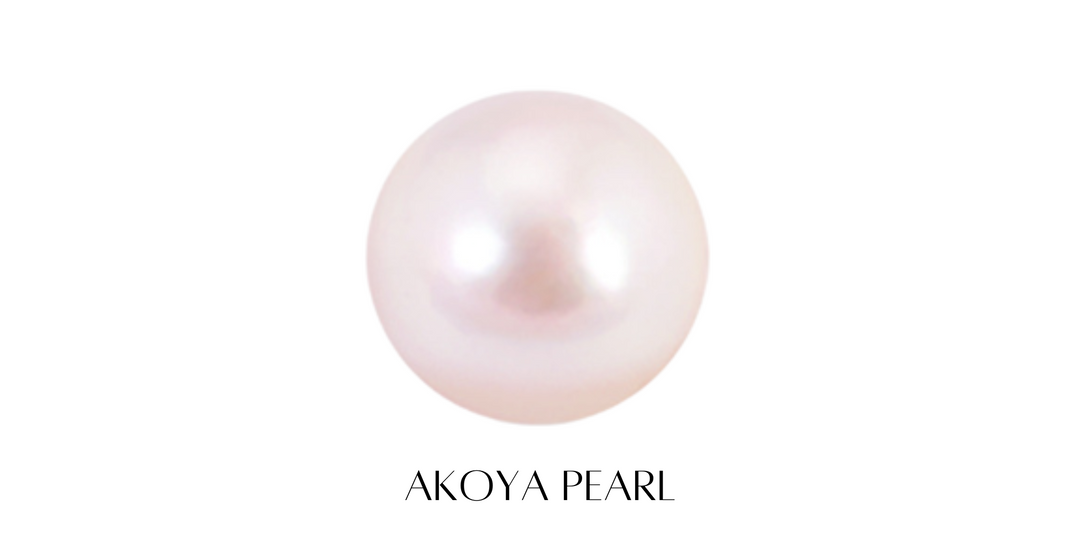
MAKEANVEDEN HELMI
Suurin osa makeanvedenhelmistä viljellään Kiinassa. Niiden ainutlaatuiset muodot vaihtelevat barokkihelmistä lähes pyöreään, ja ne ovat muodoltaan lähes erottamattomia Akoya-helmistä. Makeanvedenhelmiä löytyy monen värisiä, esimerkiksi laventeli, mandariini, mauve, hopea, persikka ja kaikki niiden väliset sävyt. Ne ovat halvempia kuin merivedenhelmet, mutta yhtä kestäviä ja kiiltäviä. Makeanveden helmien koko vaihtelee 5 mm:stä jopa 13 mm:iin.
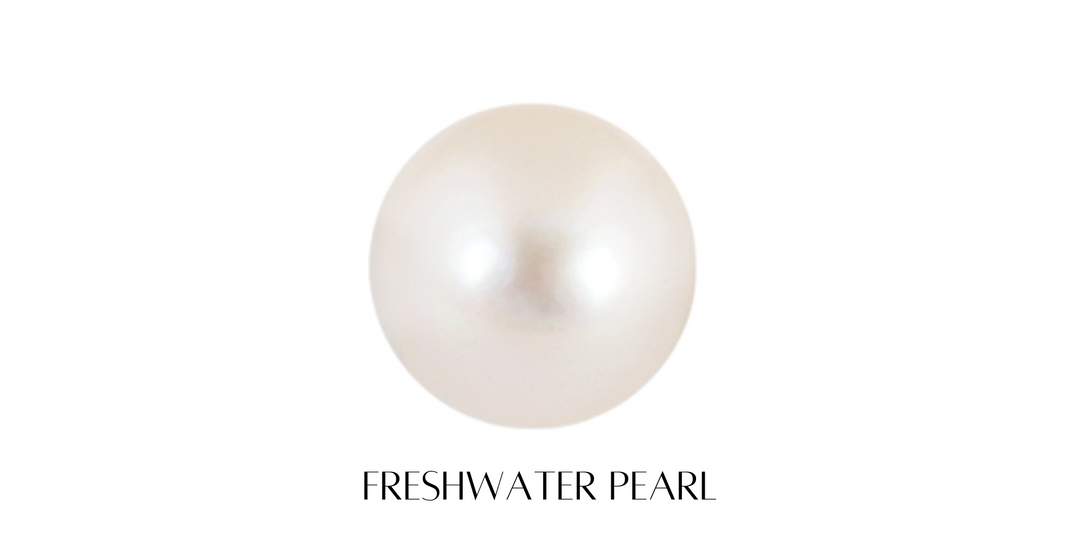
HELMIÄISHELMI
Helmiäishelmet ovat ihmisen luomia helmiä. Ne tehdään käyttämällä osterinkuoren sisävuorausta, ainetta, joka tunnetaan nimellä Mother of Pearl.
Tämä tekee helmiäishelmistä mielenkiintoisia, koska vaikka ne ovat ihmisten valmistamia, ne on valmistettu samoista materiaaleista kuin aidot helmet. Edullinen hinta, sekä laaja värivalikoima tekee helmiäishelmestä erittäin suositun.
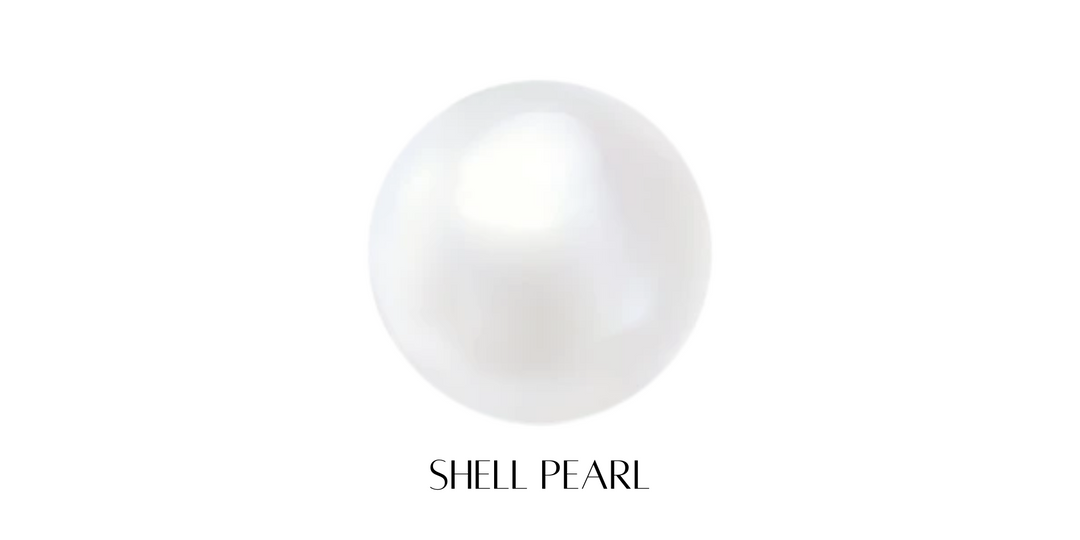
HELMIEN MUODOT
Helmi alkaa muodostua, kun vieras aine tai ärsyttävä aine pääsee simpukan sisään. Tämä ärsyttävä aine toimii helmen ytimenä. Eri muodot perustuvat siihen minkä muotoinen ydin simpukkaan istutetaan.
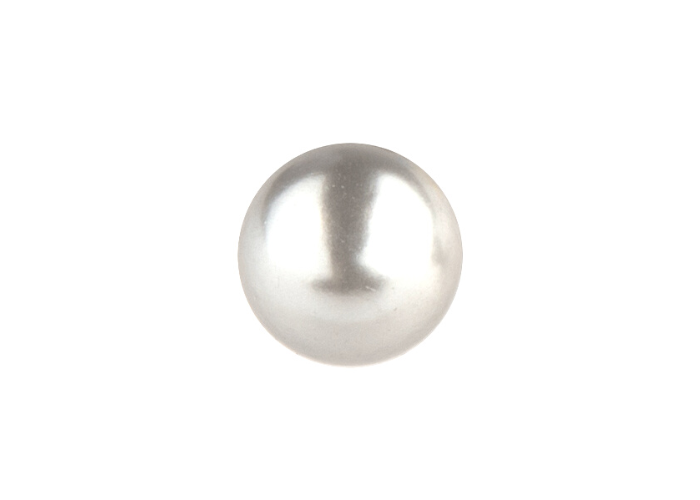
PYÖREÄ
Pyöreät helmet ovat yleensä halutuimpia kaikista helmimuodoista, mutta myös arvokkaimpia. Nämä helmet ovat täysin pyöreitä.
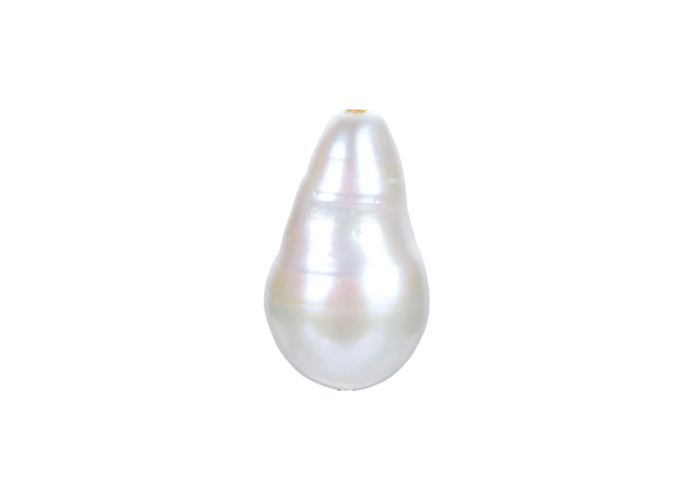
PISARA
Pisaran muotoiset helmet ovat nimetty kyynelpisaroiden mukaan. Nämä helmet voivat olla erittäin arvokkaita, jos niillä on virheetön sekä symmetrinen muoto.
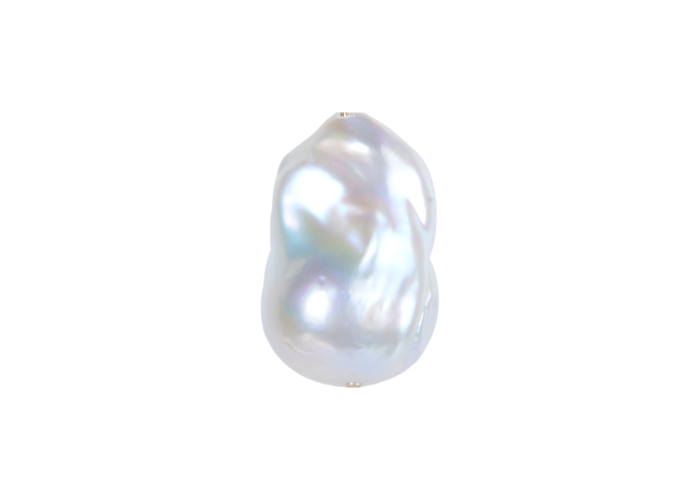
BAROKKI
Barokki helmet ovat täysin epäsymmetrisen muotoisia, eikä kahta samanlaista ole olemassa. Barokkihelmiä arvostetaan niiden ainutlaatuisuuden sekä hinnan vuoksi. Termi "barokki" tulee portugalin sanasta barocco, joka tarkoittaa epätäydellistä, karkeaa tai epätasaista helmeä. Ranskan sanakirja vuodelta 1694 määrittelee "barokin" kuvaamaan helmiä, joka on epätäydellisen pyöreä.
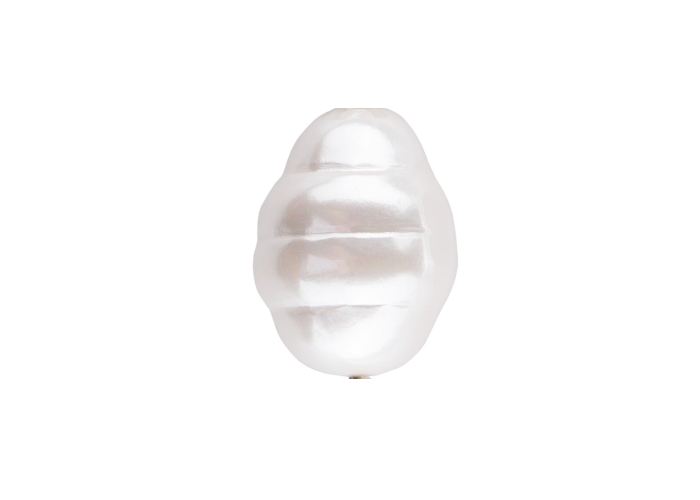
YMPYRÄBAROKKI
Ympyräbarokkihelmet ovat barokin muotoisten helmien alaryhmä. Helmen ympärillä on ikään kuin renkaita, jotka tekevät näistä helmistä uniikkeja.
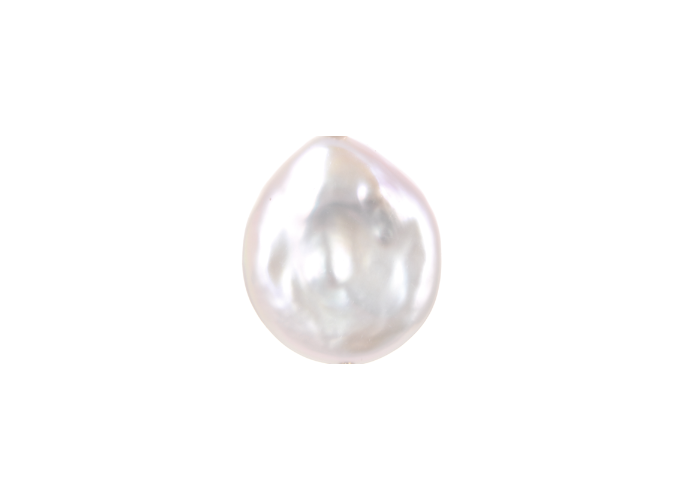
Keshi
Keshi helmet ovat epäsäännöllisen muotoisia ja usein litteitä helmiä. Ne muodostuvat, kun osteri hylkää ja sylkee istutetun ytimen ennen viljelyprosessin päättymistä tai istutettu vaippakudos murtuu ja muodostaa erilliset helmipussit ilman ytimiä. Nämä helmipussit tuottavat lopulta helmiä ilman ydintä. Keshi-helmiä voi muodostua joko suolaisen tai makean veden nilviäisissä.
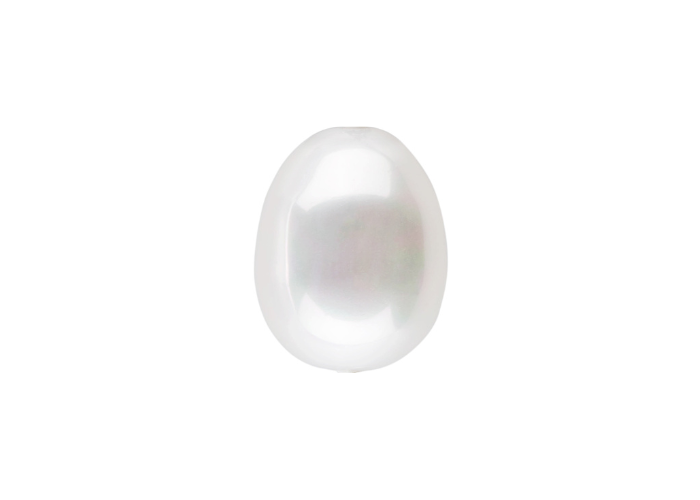
OVAALI
Harjoittelemattomalle silmälle puolipyöreät/ovaalit helmet voivat näyttää täysin pyöreiltä. Niissä on kuitenkin mikroskooppisia epäsäännöllisyyksiä verrattuna täydellisen pyöreisiin helmiin, joka tekee niistä hieman vähemmän arvokkaita.

